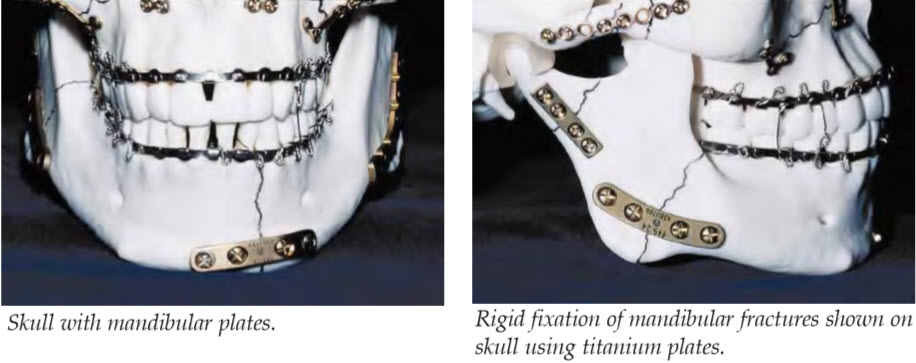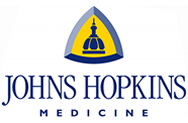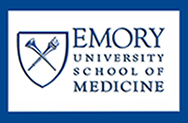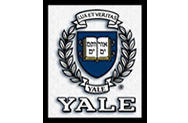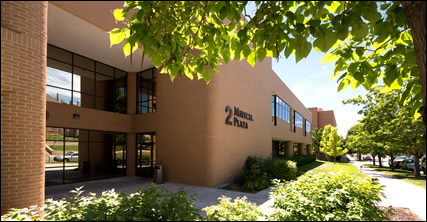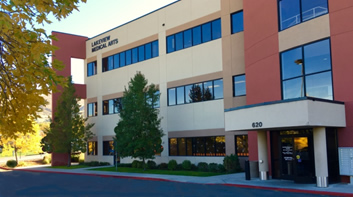Mandibular / Panfacial Fractures
The mandible is a unique bone having a complex role in both aesthetics of the face and functional occlusion. Because of the prominent position of the lower jaw, mandible fractures are the most common fracture of the facial skeleton. In complex injuries mandible fractures are frequently associated with other fractures of the face. When all the bones of the face are fractured it is called a panifacial fracture.
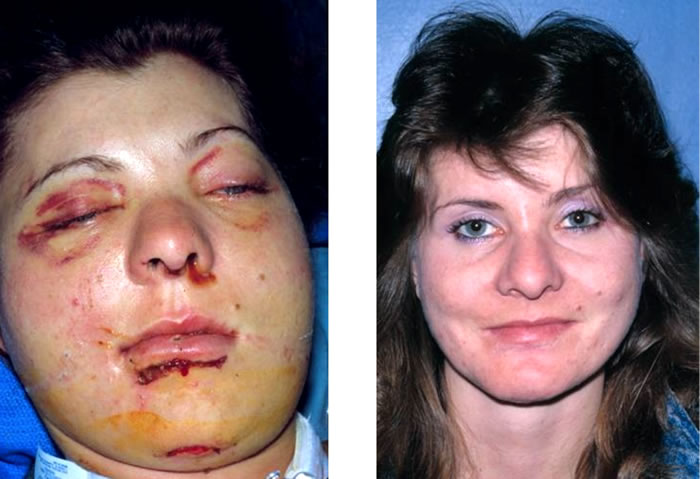
Fractures of the mandible should be classified according to the site of the fracture, degree of displacement, presence of comminution and status of the dentition. Physical examination will typically reveal a malocclusion, pain at fracture site, mucosal ecchymosis or laceration with bleeding between teeth at the fracture site. Plain radiographs can help further define the fractures of the mandible. In a patient with an isolated jaw injury, a Panorex is the ideal radiograph to visualize the fracture and condition of the teeth. In the multisystem injured patient a computerized tomographic scan with three dimensional reconstruction provides good visualization of the fractures.
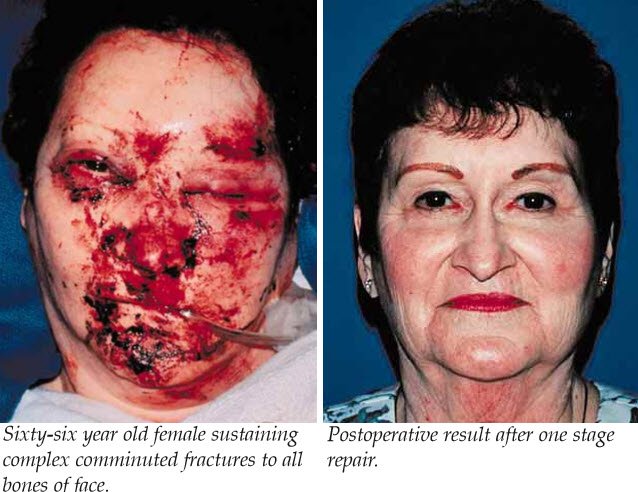
Reduction and stabilization of the mandible fracture is the key to successful treatment. The method of management may vary based on the severity, location of the fracture and presence or absence of teeth. Mandible fractures are usually treated by closed reduction with wiring of the teeth or open reduction with internal rigid fixation using plates. Nonoperative management of a mandible fracture with a soft diet is rarely indicated. The technique of closed reduction involves wiring of arch bars on the teeth and intermaxillary fixation for 4 to 6 weeks. Internal rigid fixation requires exposure of the fracture sites and stabilization with plates and/or screws. This technique can frequently avoid postoperative intermaxillary fixation (wiring teeth together) and the problems associated with this such as weight loss and joint stiffness.
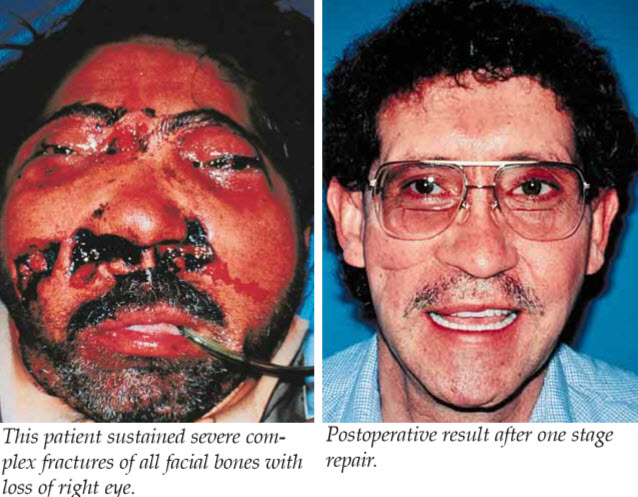
Following the principles of accurate reduction with good stabilization can frequently avoid complications and help to restore the patients primary occlusion and facial appearance.
